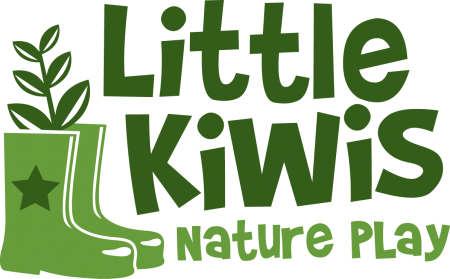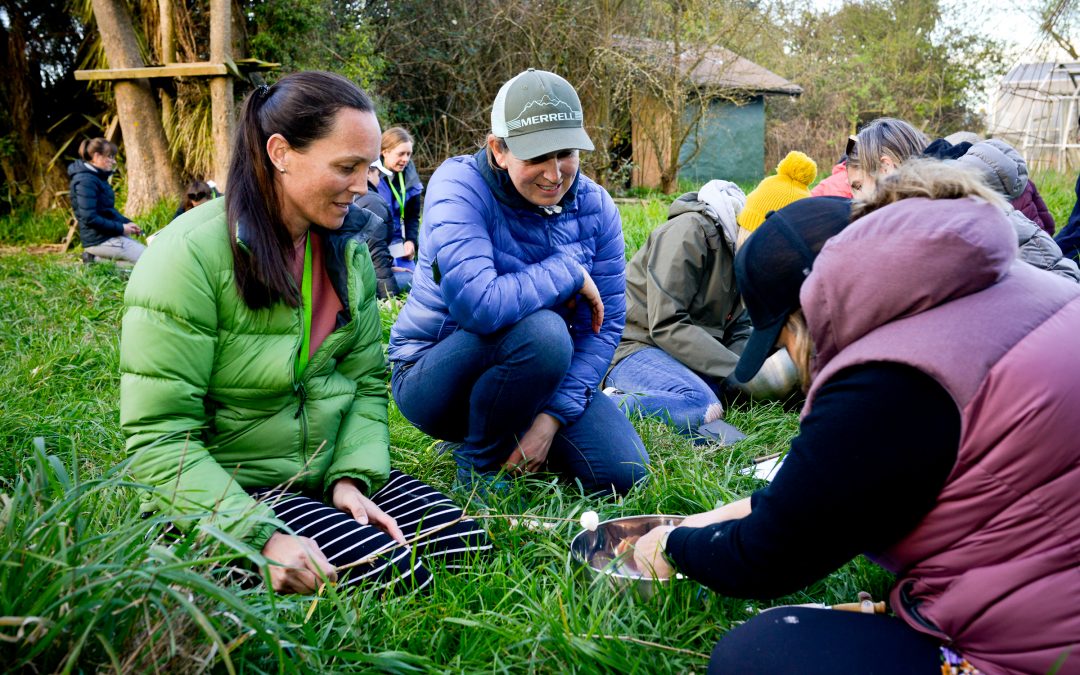Nature Education: Where Do I Start?
Starting to run nature based programmes (aka bush kindy, bush school, nature kindy, explorer sessions, forest school) can feel both exciting and daunting.
There can be challenges that you didn’t anticipate, you might be the only person in your centre or school who wants to provide more nature opportunities, or there might be some fear around keeping children safe during the sessions.
Equally there may be things that you were worried about that are so amazingly easy that you can’t understand why you were so worried in the first place!
Ever since I started supporting teachers to set up nature programmes throughout New Zealand, it has become really clear that teachers have the knowledge (and plenty of enthusiasm), but what they often need is just a little guidance and support on how to get started.
In one of the first 2 Day Nature Educator Training Workshops I ran, I shared with the group our ‘Nature Education: How To Guide’. One of the centre manages who attended said ‘I wish I had this 18 months ago when we started’.
So while everyone will get there in their own time, a little guidance and extra support can make the journey much smoother and easier.
So here are the key steps that I share with those wanting to start running a nature based programme.
RESEARCH AND BENEFITS
What I recommend to all people who are starting out on this journey is to get familiar with the benefits of nature play, and back yourself up with the research.
What this does firstly, is to make a business case in your head. It can provide answers to knowledge gaps. And it can provide extra confidence when responding to questions about safety, curriculum, and benefits of outdoor play all year round.
Knowing the benefits helps you to feel more confident and to progress to the next step! There’s heaps of research online, and if you don’t have time to trawl through it then make sure you download this 5 page summary of some of the research that we have pulled together to make it easier for you.
PURPOSE AND PHILOSOPHY
What comes after that is getting clear on your purpose and philosophy. Everyone will come into a team with different ideas on what can and can’t be done, and how it should be done. Having some solid conversations as a teaching team is beneficial to really understand each other’s thinking, what aligns and what doesn’t.
If there is a lack of alignment, then some deeper conversations need to happen to explore those differences and to find some common ground. Sometimes external support can help to guide this process, especially if there are some differences that are hard to navigate.
Even when a team does have similar thinking it’s still important to explore exactly what that looks like. For example, all teachers might agree that sensory / muddy play is important and it should fit into the outdoor philosophy they are developing. But some teachers may think that only applies on sunny days and not in the winter.
So take some time to talk with your team about what a nature or outdoor philosophy looks like in your setting.
SAFETY STUFF
There are so many different aspects to safety when thinking about running a nature based programme that I’m unable to cover them all here. A great place to start however is addressing any of the concerns that people have when out and about with children, or when thinking about going into nature with them.
First up, brainstorm all the concerns/worries/questions, you and your team have when thinking about or taking children out into nature.
You’ll notice that there are some key themes, so that’s where you start. With some of the concerns you’ll be able to refer back to the research and benefits, and with others you’ll need to have a discussion about that topic or get someone in with some specialist skills to provide some training.
A common worry that I see is that a child might go missing or get lost. To address this concern, I recommend that you visit the site in advance, and get to know it really well so you are aware where the exit points are, can identify the main hazards and familiarise yourself on where to position yourself during a session.
A discussion can then support this visit looking at how to manage boundaries for sessions, how to keep the group together during sessions, and what to do if someone gets lost (and importantly what the child/ren should do too).
So those are my 3 key areas to start with when beginning your nature-based programme. If you’re wanting more support around this, then check out our website for up-and-coming training, our shop for our How To Guide and our events tab on Facebook. Alternatively check out some of our other blog posts for more insight.

